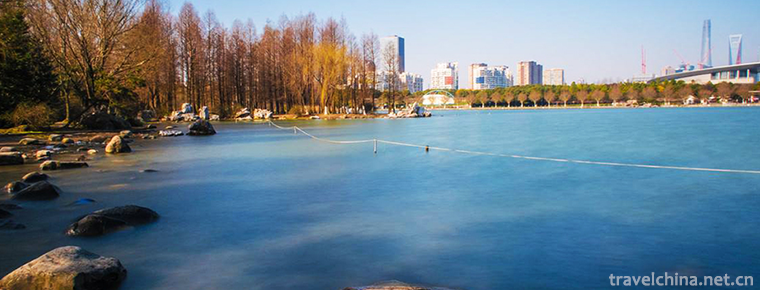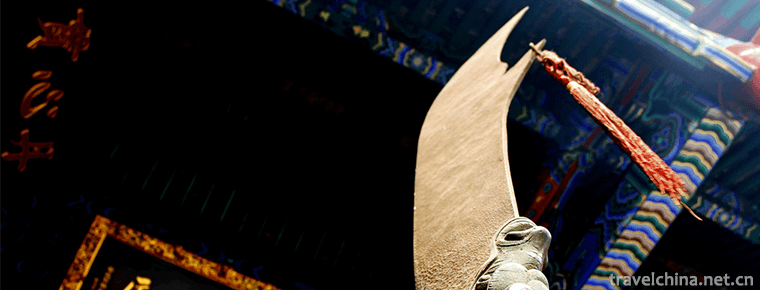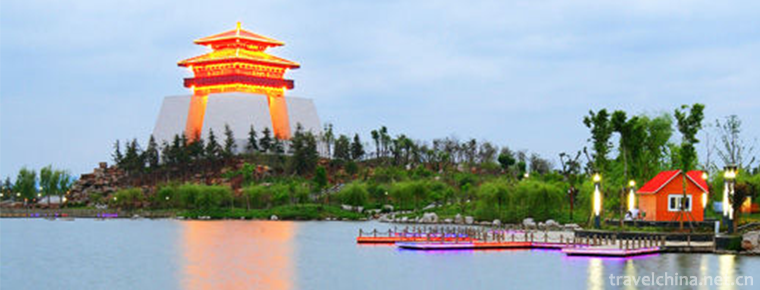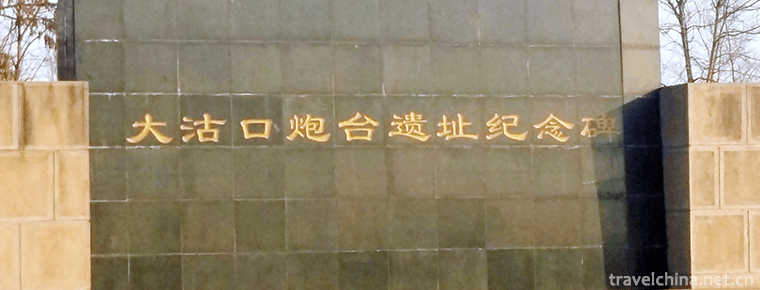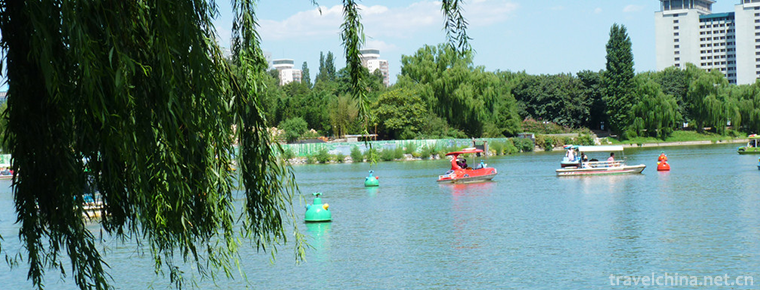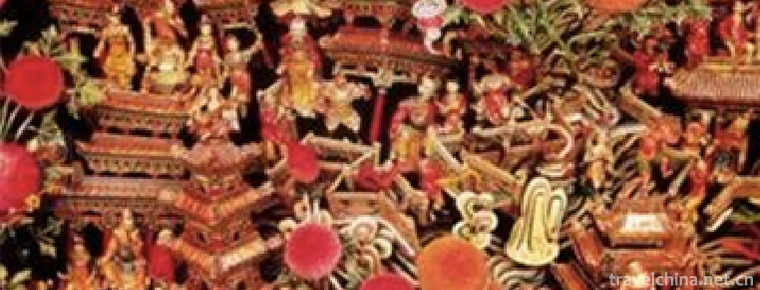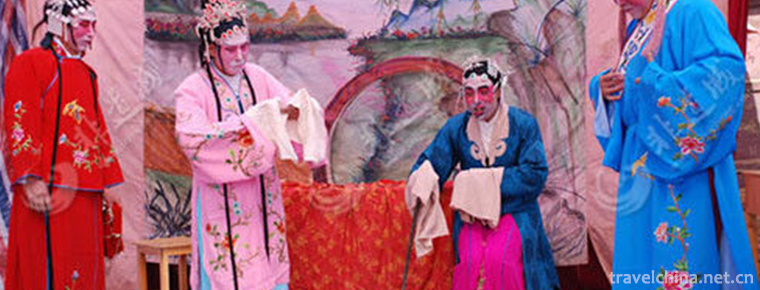Jiangnan bamboo
Jiangnan bamboo
Chinese traditional instrumental music, silk and bamboo, is popular in southern Jiangsu and Zhejiang. After the Revolution of 1911, great progress was made in Shanghai, and organizations such as Juntian Collection, Qingping Collection, Elegant Songs Collection and National Music Research Society were established successively. Frequently played are "Happy Song", "Yunqing", "Street", "Four Harmonies", "Three Six", "Slow Three Six", "Zhonghua Six Board", "Slow Six Board", "Eight Famous Melodies". In addition, music such as Lao Liu Ban, Quick Six Banks, Neon Clothes, Liu Qingniang, Pigeon Flying, Alpine, Running Water and Laminated Building are also popular. The Orchestra of Silk Bamboo in the south of the Yangtze River is usually composed of 7 to 8 people, with a small number of 3 to 5 people.
Silk bamboo in the south of the Yangtze River is also one of the national intangible cultural heritage.
In December 2018, the General Office of the Ministry of Education announced that Suzhou University is an excellent traditional cultural heritage base of silk and bamboo in the south of the Yangtze River.
brief introduction
The music structure of Silk Bamboo in the south of the Yangtze River is mainly composed of two types: plate-style change and qu-pai conjunction, and the plate-style change technique is the most characteristic. It tends to use a musical card as its mother song and develop into several independent pieces by slowing down the adding of flowers or accelerating the subtraction of words. For example, the folk instrumental music "Lao Liu Ban" evolved into five pieces of music, commonly known as "five generations together". It evolved from fast to slow, from simple to complex. The first song "Old Six Boards", the flowing board, the melody is simple; the second song "Fast Six Boards", the flowing board, the melody is vivid and lively; the third song "Middle Six Boards", one board and one eye, the melody is light and smooth; the fourth song "Middle Six Boards", one board and three eyes, the melody is fluent and the speed is moderate, the most famous in the five songs; the fifth song "Slow Six Boards", one board and seven eyes, the melody is elegant and slow. These five pieces can be played independently or in the opposite direction according to the playing procedure. For example, starting from the fifth song Slow Six Boards, they can be played from slow to fast, from complex to simple in sequence.
The silk and bamboo melodies in the south of the Yangtze River are beautiful in lyricism and fresh and fluent in style. The flute performance pays attention to the use of breath. The tenor is melodious and clear, the bass is implicit and tactful, and the timbre is mellow and mellow. The melody is often embellished with such techniques as pronunciation, relief, donation, tremolo and so on. Erhu bow method is full and soft, and its strength changes delicately. Left hand is used to penetrate, tape, left side tone and hook tone. Especially with various slippery tone techniques, it constitutes the delicate, delicate and bright personality of Jiangnan silk and bamboo. Instrumental music is popular in southern Jiangsu, Shanghai and Western Zhejiang. The band is mainly composed of silk strings and bamboo wind instruments, so it is called silk and bamboo music. It was popular among the people at least before 1860 in the Qing Dynasty.
Silk and bamboo music
Jiangnan silk bamboo is a very popular instrumental ensemble form of Qiandeng, whose founder Tao Lan is Qiandeng Ren. Every wedding and funeral festival, Qiandeng people should use this to increase the festive atmosphere, or to mourn their loved ones. The silk and bamboo instruments in the south of the Yangtze River are basically composed of silk strings and bamboo wind instruments, including erhu, pipa, yangqin, three strings, flute, Sheng and xiao, and some percussion instruments such as drums and boards. There are two or three people in the compilation, and seven or eight in the compilation. In ensemble, each instrument is full of distinct individuality and harmony with each other. Variations of flower are commonly used. The style is elegant and gorgeous, the melody is smooth and euphemistic. It reflects the industrious, simple, meticulous and implicit characteristics of Jiangnan people. The Silk Bamboo Team of Qiandeng is very common. There are many silk and bamboo classes among the people, serving the wedding and funeral festivals. Qinfeng Silk and Bamboo Team is organized in the town. It has rehearsal rooms and musical instrument showrooms. Twelve members mainly come from enterprises and institutions such as Wenguang Station and schools. They perform daily in the Silk and Bamboo Hall for tourists.
The silk and bamboo Orchestra in the south of the Yangtze River is named because it mainly consists of Erhu, Yangqin, Pipa, Sanxian, Qinqin, flute, Xiao and other silk and bamboo instruments. Silk and bamboo music is very popular in cities and countryside in these areas, but its style is totally different. The style of city silk and bamboo music is elegant and gorgeous, with more flowers, and it is widely spread; while gongs and drums are commonly used in rural areas, with warm atmosphere and simple style.
Musical characteristics
The greatest characteristic of Jiangnan silk bamboo is its fine playing style. When playing, each part of the instrument is full of individuality and harmony, and the polyphonic texture of supporting tone has its own characteristics. Music mostly comes from folk music of weddings, funerals, festivals and temple fairs in China, and some are classical music cards that have been circulating in Chinese people for a long time.
Valuable legacy
The emergence and continuation of silk and bamboo music in the south of the Yangtze River play an important role in the study of the history of Chinese national music and the development of opera, folk culture and mass culture. Silk bamboo in the south of the Yangtze River is one of the outstanding representatives of the water culture in the south of the Yangtze River.
By the 1960s and 1970s, the traditional Jiangnan Silk and Bamboo Band Society had been dissolved by itself. Up to now, old artists over 70 years old have passed away one after another, and there are few successors. In addition, the traditional repertoire of silk and bamboo in the south of the Yangtze River is becoming more and more endangered.
The state attaches great importance to the protection of intangible cultural heritage. On May 20, 2006, Jiangnan silk bamboo jointly declared by Taicang City, Jiangsu Province and Shanghai City was listed in the first batch of national intangible cultural heritage list with the approval of the State Council.
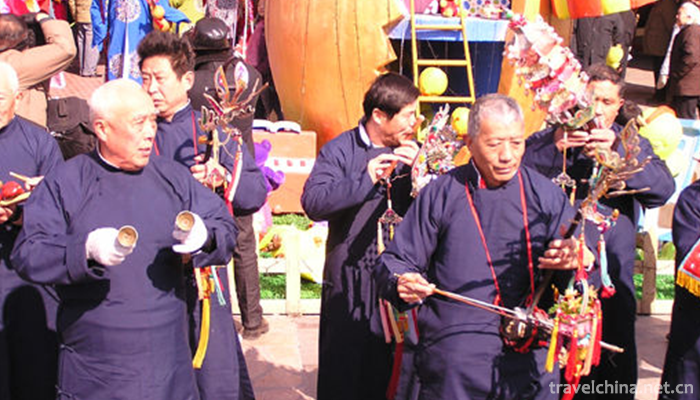
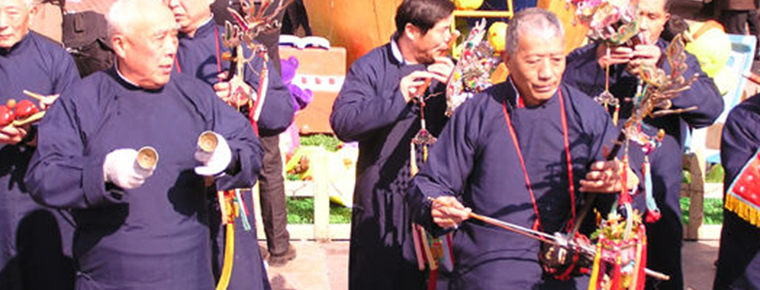
Jiangnan bamboo
-
Shanghai Century Park
Century Park, formerly known as Pudong Central Park, is a relatively large park in Pudong area, covering 140.3 hectares. It is located in the southeast of Pudong Huamu
Views: 162 Time 2018-12-19 -
Guan Lin Scenic Area
Guanlin, a national key cultural relic protection unit, National AAAA tourist attraction, is the first place for the burial of Shu generals Guanyu in the Three Kingdoms period. The former is an ancest
Views: 141 Time 2018-12-24 -
Zaozhuang Old Street Shuicheng South Shandong
Shuicheng Zaozhuang Old Street in Southern Shandong Province is located in the middle section of Xichang Road in the Central District of Zaozhuang City, Shandong Province.
Views: 166 Time 2019-02-06 -
Tanggu Dagukou Battery Site Museum
Dagukou Battery Site Museum is located on both sides of the Haihe River estuary in the southeast of Tanggu, Tianjin Binhai New Area. It is a national education and youth education
Views: 166 Time 2019-02-13 -
Zizhuyuan Park
Zizhuyuan Park is located in the West Third Ring of Beijing, near Baishiqiao in Haidian District, west of Beijing Capital Stadium. Zizhuyuan Park was built in 1953. It was named for the Ming and Qing
Views: 278 Time 2019-03-22 -
Sweat green
"Khan Qing Gele" is a heroic epic of the Mongolian people in Haixi. In the form of rap and speech, it tells the story of the Mongolian heroes destroying demons and saving the people, flashin
Views: 231 Time 2019-05-02 -
Brow tune
Meihu Opera is a local traditional drama in Shaanxi Province. From the development of the floor stall rap and social fire, the floor stall and social fire performances always focus on singing. Its act
Views: 168 Time 2019-06-01 -
Xunyang Folk Song
Xunyang Folk Song is one of the local folk songs in Xunyang County, Ankang City, Shaanxi Province. It has a long history, rich melodies, various types and different styles. Like other folk art forms,
Views: 141 Time 2019-07-09 -
Liubeichi Park
Liubeichi park is located at No.4 Minjiang East Road, Yibin City, with an area of 238.18 mu. It is a national AAAA tourist attraction. It is a famous scenic spot and a key Park in Sichuan Province.
Views: 163 Time 2020-10-16 -
Wenchuan earthquake epicenter site
The earthquake site, located in Yingxiu Town, Wenchuan, Sichuan Province, is open all day.
Views: 144 Time 2020-11-07 -
Concept of Cheongsam
Whether "Qipao" refers specifically to the Qipao in the Republic of China or includes the "Qiren's Robe" or "Qinu's Robe" in the Qing Dynasty. The definition of the concept of Qipao is as controversial as the origin style of Qipao.
Views: 332 Time 2020-12-11 -
Natural resources of Mianyang
In 2014, the annual precipitation of Mianyang City was 19.845 billion cubic meters, the surface water resources was 11.893 billion cubic meters, the total annual water resources was 11.882 billion cubic meters, and the annual average water resources per capita was
Views: 132 Time 2020-12-14
